Bynav C1 GNSS RTK OEM receiver Product Review
Built in C1 GNSS OEM receiver board, T1 is based on Bynav GNSS Baseband ASIC Alita and RFIC Ripley and embedded with Bynav’s new generation REAL (Ransac Enhanced Advanced Location) algorithm engine, capable of providing full-constellation and multi-frequency RTK positioning and dual-antenna heading.
T1 GNSS high-precision positioning and heading receiver is built-in C1 GNSS OEM board, the rugged housing is plug-and-play and made of high-quality aluminum alloy, widely used in driver license testing, autonomous driving, precision agriculture, surveying and mapping, deformation monitoring, UAV, robotics and other fields.
REAL Positioning Engine
The RANSAC (Random Sample Consensus) based autonomous integrity monitoring algorithm is integrated for the observation anomalies caused by multi path and interference in urban environments. It can monitor pseudo-range, carrier phase, and Doppler observations in real-time and accurately eliminated the faulty satellites, thus achieving more stable positioning results.
The movement of the user is calculated by using the carrier phase difference between the adjacent epochs, performs fusion filtering with the RTK positioning result to have a smoother solution. all the tracked satellites of the rover are fully used in the solution when the base station satellite is blocked, and the smooth positioning result can still be maintained when the RTCM correction data is interrupted for a long time.
In the urban dynamic environment, the loss of lock and re-tracking of the carrier phase are frequent. After re-tracking, the frame synchronisation (Frame Sync) is needed to eliminate the half-cycle ambiguity and then used for the RTK integer ambiguity solution. Bynav receiver integrates carrier half-cycle ambiguity repair technology based on navigation message prediction and matching (patent authorized), which quickly eliminates half-cycle ambiguity, thus improving satellite availability, and effectively shorten the recovery time.
Features
- – Based on Bynav GNSS Baseband ASIC Alita and RFIC Ripley.
- Support full-constellation, full-frequency RTK positioning and dual-antenna heading
- Support modern signal systems such as BDS-3 and Galileo.
- Enhanced connection options including serial, CAN and Ethernet.
- Support on-board SD card to back-up local data.
- Extra low latency
- Optimal performance in multi path mitigation, anti-interference and anti-blockage.
- 9~36V wide voltage input, overcurrent and reverse connection protection
- Two RS232 serial ports and one RJ45 Ethernet port
|
GNSS
|
C1-8S
|
C1-8D
|
C1-FS
|
C1-FD
|
|
Functions
|
Dual-Antenna Heading
|
–
|
√
|
–
|
√
|
|
Single Point Positioning
|
√
|
√
|
√
|
√
|
|
RTK
|
√
|
√
|
√
|
√
|
|
Timing
|
√
|
√
|
√
|
√
|
|
Reference Station Mode
|
√
|
√
|
√
|
√
|
|
Rover Station Mode
|
√
|
√
|
√
|
√
|
|
Built-in Deformation Monitoring
|
√
|
√
|
√
|
√
|
|
Output of Dual-Antenna
Raw Observations
|
–
|
√
|
–
|
√
|
|
NTRIP
|
√
|
√ |
√
|
√
|
|
Frequency
|
GPS
|
L1CA/L1C,L2C, L2P
|
L1CA/L1C,L2C, L2P,L5
|
|
GLONASS
|
G1, G2
|
G1, G2
|
|
BDS
|
B1I, B2I
|
B1I,B2I/B3I
|
|
BDS-3
|
B1I/B1C, B2a/B2b
|
B1I/B1C, B2a/B2b/B3I
|
|
GALILEO
|
E1, E5b/E5a
|
E1, E5b/E5a
|
|
QZSS
|
–
|
L1CA/L1C,L2C,L5
|
|
IRNSS
|
–
|
L5
|
|
SBAS
|
–
|
L1CA
|
|
Measurement Accuracy
|
Carrier phase
|
≤1mm(RMS)
|
|
Pseudorange
|
L1CA,L2C,L2P,G1,G2
|
≤ 0.12m(RMS)
|
|
Other signals
|
≤ 0.06m(RMS)
|
|
Single Point Accuracy
|
Horizontal
|
1.5m RMS
|
|
Vertical
|
2.5m RMS
|
|
RTK Accuracy
|
Horizontal
|
1.0cm + 1ppm RMS
|
|
Vertical
|
1.5cm + 1ppm RMS
|
|
Heading Accuracy
|
–
|
0.2°/m RMS
|
–
|
0.2°/m RMS
|
|
Timing Accuracy
|
20ns RMS
|
|
Velocity Measurement Accuracy
|
0.05m/s RMS
|
|
Maximum Data Rate
|
Raw Data
|
5Hz
|
5Hz
|
10Hz
|
10Hz
|
|
RTK
|
5Hz
|
5Hz
|
10Hz
|
10Hz
|
|
RTK+Heading
|
–
|
5Hz
|
–
|
10Hz
|
C1-8S GNSS OEM receiver board has the following features:
- Based on Bynav GNSS Baseband ASIC Alita and RFIC Ripley
- Full constellation and multi frequency, including L5 and BDS-3
- Enhanced connection options including serial, CAN and Ethernet
- Support GNSS/INS deeply coupled algorithm, raw data output and post processing
- Cost affordable
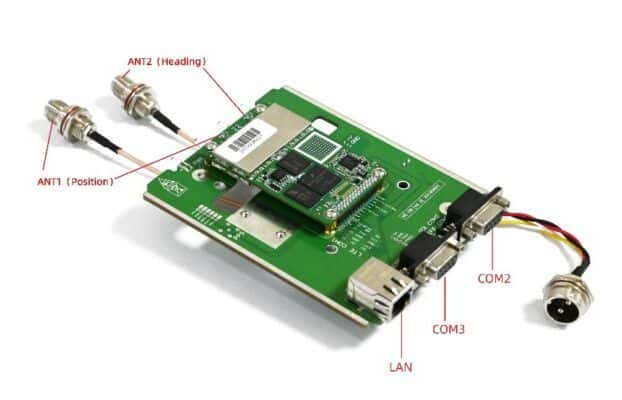








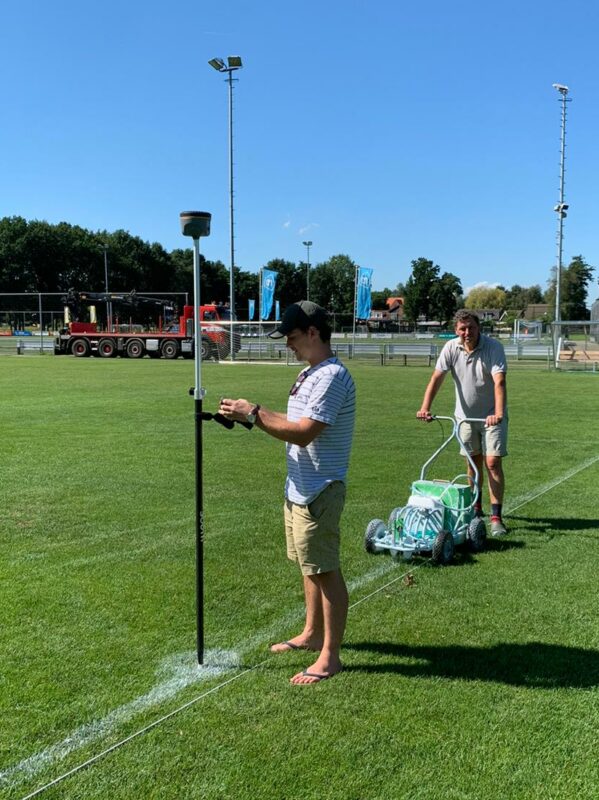
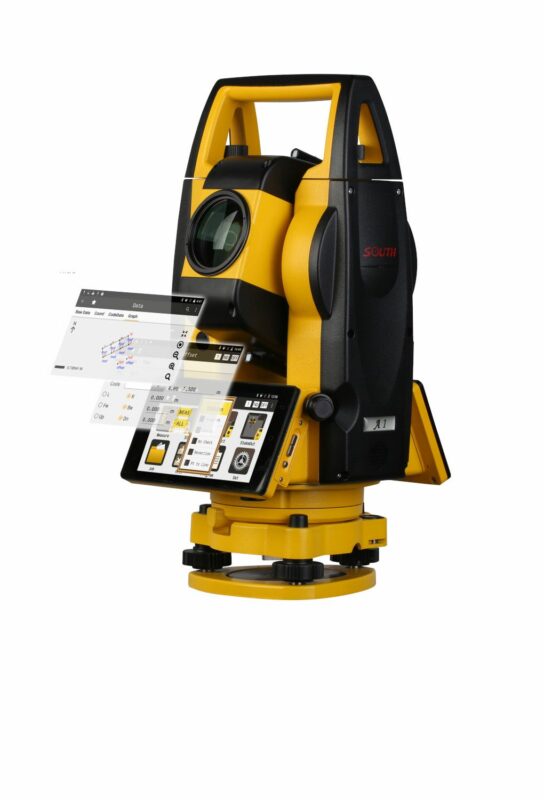
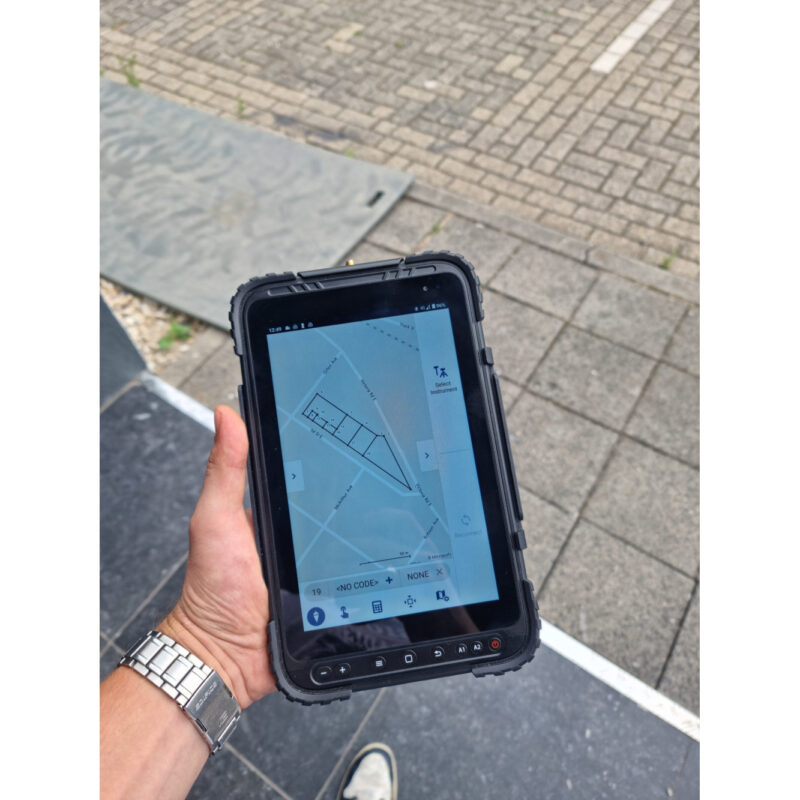


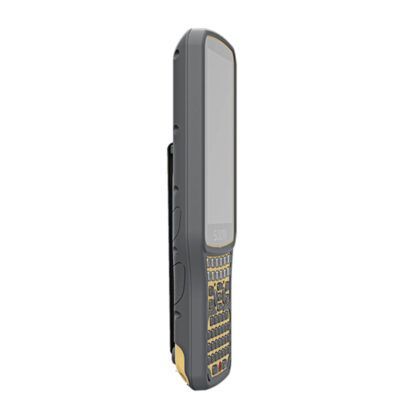
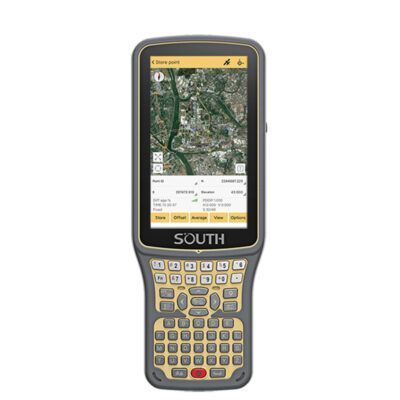
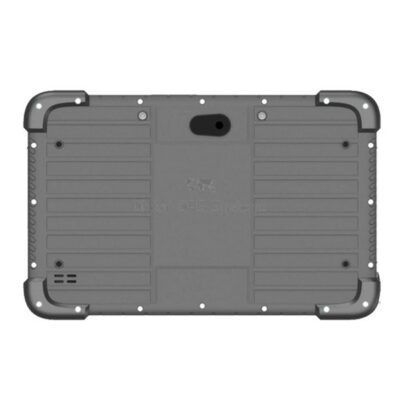
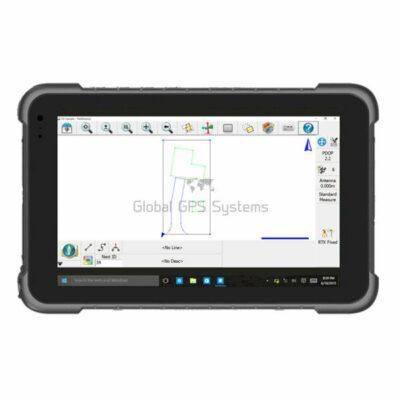

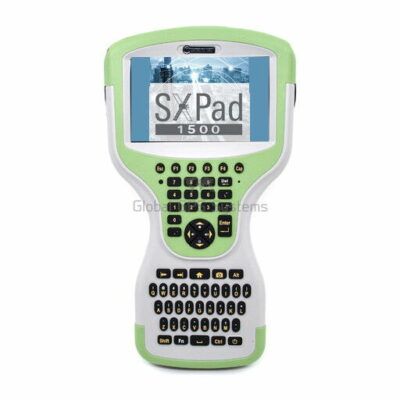
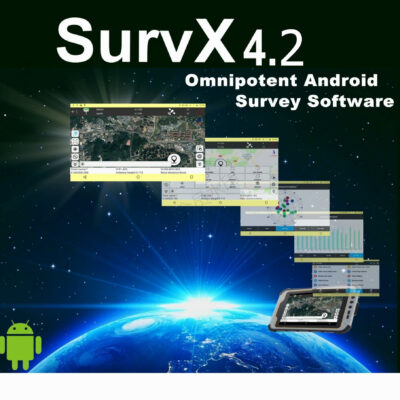
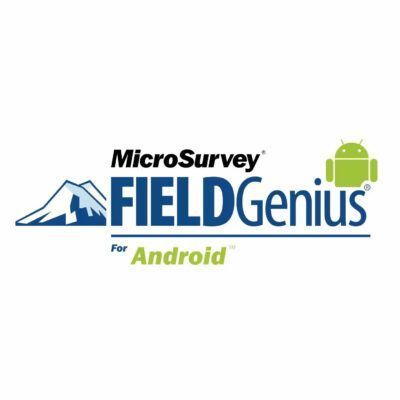
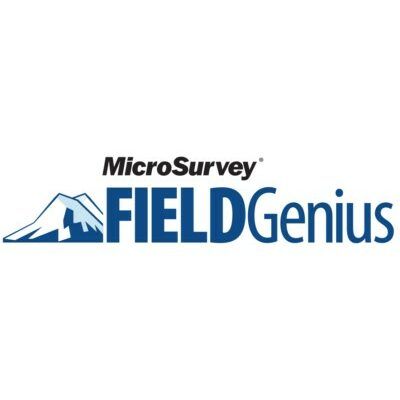



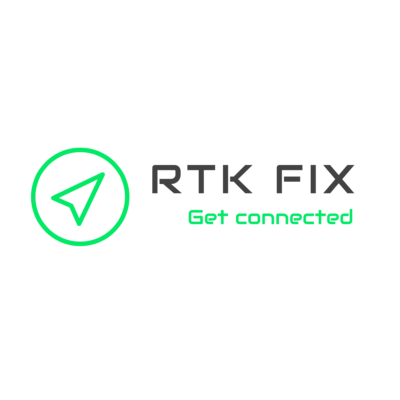
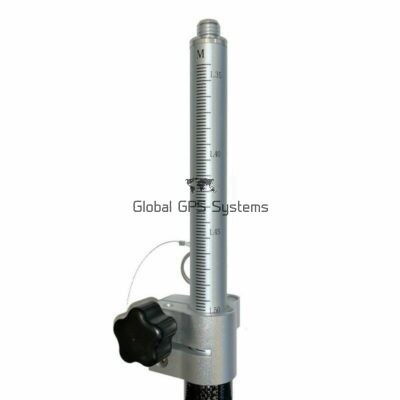


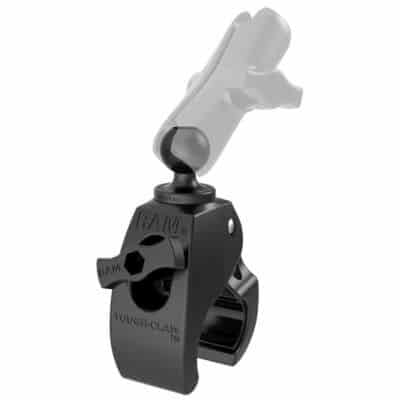

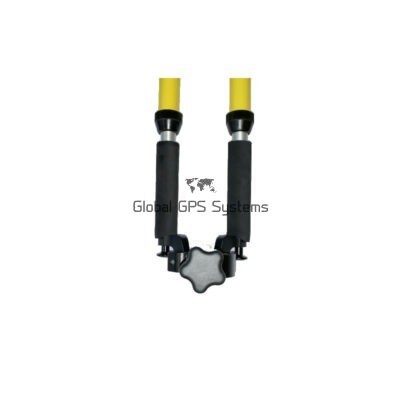
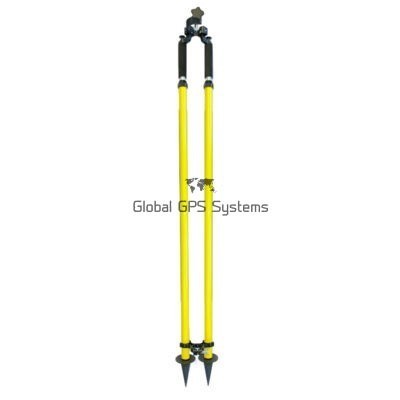




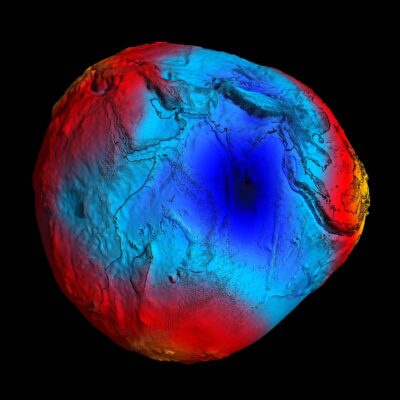
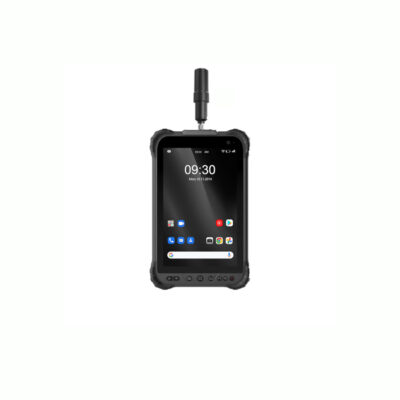
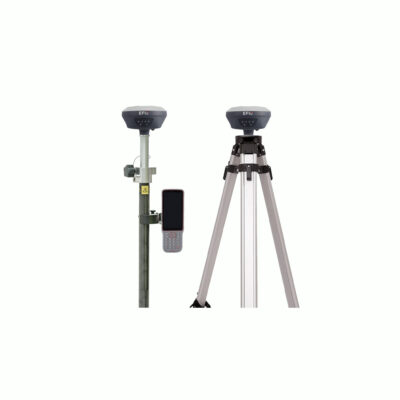



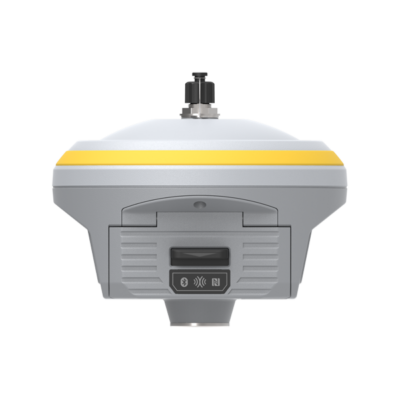
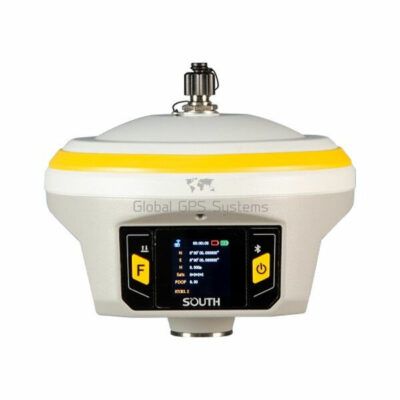
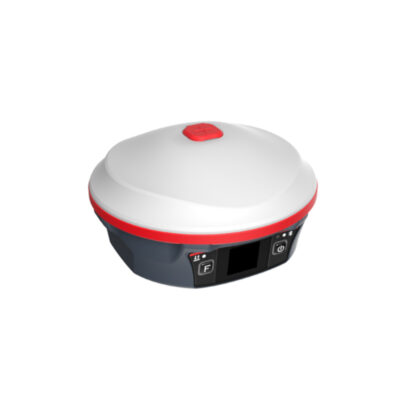
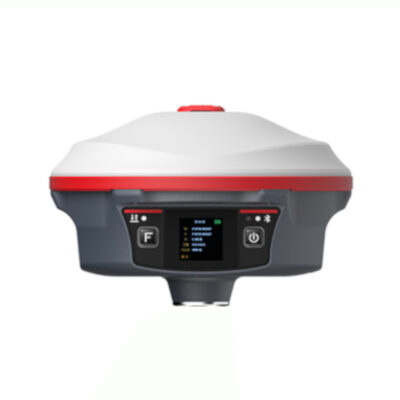
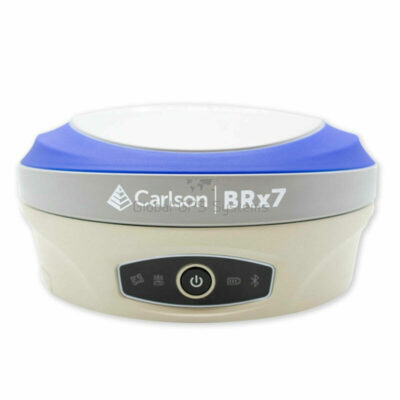
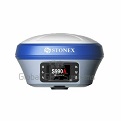
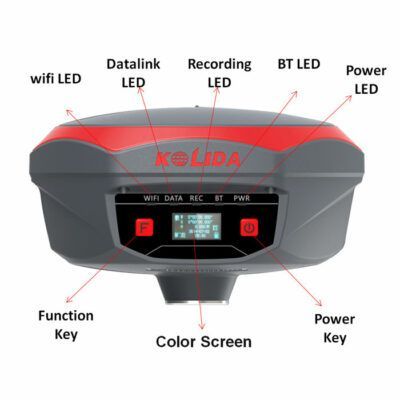
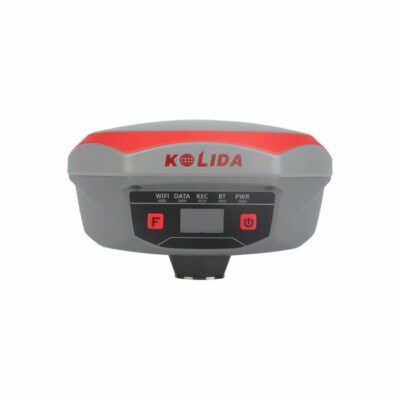
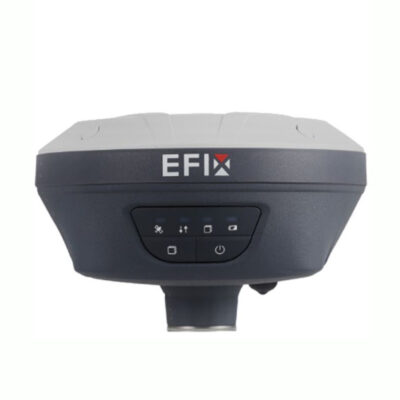
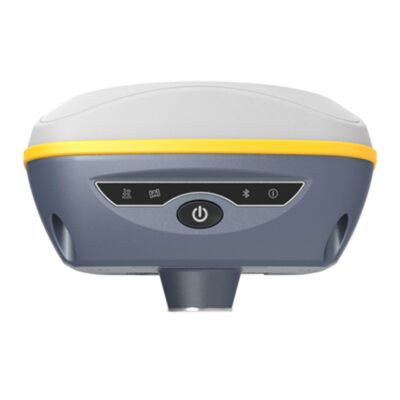
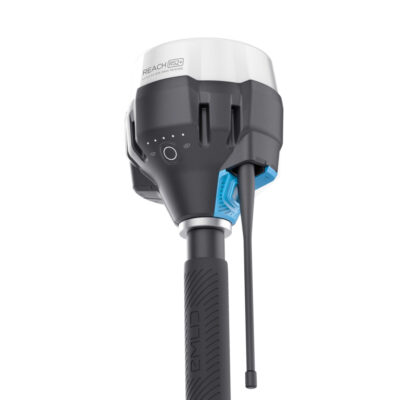
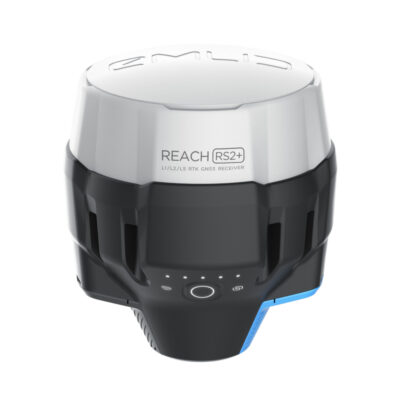
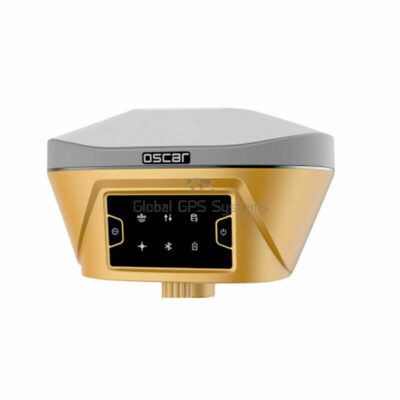

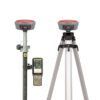
Reviews
There are no reviews yet.